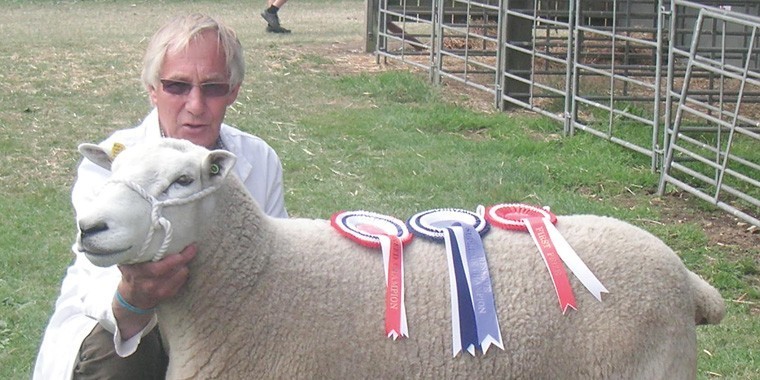There were two events this week that just started me thinking. One was shearing and the other was being asked to contribute to a piece on robotics in agriculture. Having spent the past week carrying out shearing training with smallholders and students, thoughts strayed to the possibilities of putting the two together.
I know that the Australians have done some research on robotic shearing, without a great deal of success from what I have seen. It is a livestock task that does not readily lend itself to robotics. Every sheep is different and every season is different and if there is one thing that robot operations need, currently, it is repeatability. With the development of artificial intelligence and enhanced scanning techniques this is a situation that may change, but I don’t see it happening at anytime soon.
This situation does not displease me. It would be sad to lose what is a traditional shepherding task. Ever since we bred wool onto sheep, thousands of years ago, shepherds have been shearing sheep to harvest what is a natural, sustainable and environmentally friendly product: “wool runs on grass,” as the saying goes.
It is a product that will keep us warm, keep us cool, keep us dry, protect us from fire and multiple other uses. It is sadly a product that has lost ground over the past few decades in favour of synthetic fibres which rely on the petro chemical industry and are increasingly being seen as dangerous pollutants, even in our oceans around the world. It would be nice to see wool assume its rightful place as the fibre of choice once again for the multiple functions that it can fulfill, and wool producers rewarded fairly for the time and effort that goes into producing it.
To many producers wool is simply a by product – something that, as sheep keepers, we have to deal with and is frequently a bit of a problem. After all about 80% of the problems associated with managing sheep at grass over the late spring/summer are connected with wool.
The response of some has been to breed the wool off sheep, which is a pity as we have spent thousands of years of selective breeding putting it on them. This is something that we probably needed to do once we took sheep out of their natural, hot and dry, environment in the Middle East and Central Asia and then into more challenging weather in temperate regions of the world. Globally there are a number of breeds of hair sheep, sheep that do not produce wool or need shearing, but you certainly don’t see many of them in temperate zones, for a good reason: they couldn’t stand the climate.
Lambing outside, I like a ewe to have a good fleece. Good wool on the mum generally means a good birth coat on a lamb, which really is a benefit to survivability. Others just want to get the wool off their sheep as soon as they possibly can, an approach which can generate as many problems as it solves. It can make the task of shearing so much more difficult than it needs to be.
We do have the tools to manage wool on sheep effectively over the late spring and summer, or until we get their coats off. With good grassland and grazing management coupled with effective worm control we can generally keep sheep clean. Aided by good observation (i.e. good stockmanship) and the strategic use of a pair of dagging shears, we also have very effective and some relatively cheap pour on treatments to protect sheep against fly strike, the most significant issue associated with wooly sheep, particularly in warm and humid weather.
With my own sheep I will almost always protect sheep with an effective pour on once there is a risk of fly strike and leave them until they are ready to shear, rather than struggle to get their wool off too early. This often devalues the fleece and generates more stress to both sheep and shearers than that normally associated with shearing: the only exceptions generally will be a few show sheep.
I don’t shear many sheep for other people now. But I do shear my own, an experience that I like to take my time over and enjoy. Shearing good sheep in the right condition on a nice warm summer evening can be a very relaxing experience (which does sound counter intuitive) – almost a balletic dance with the sheep without any real conscious thought as the fleece melts off the sheep. It becomes almost Zen like – so much easier and more pleasant than toiling with a bunch of struggling, daggy and sticky sheep that really do not want to be on the boards any more than you do. The latter I would be quite happy to see sheared by robots, but I suspect that they would be the sort of sheep and shearing that robotic systems would struggle to manage, if indeed they could cope at all. I will continue to enjoy shearing my own sheep when they are ready to be done.




